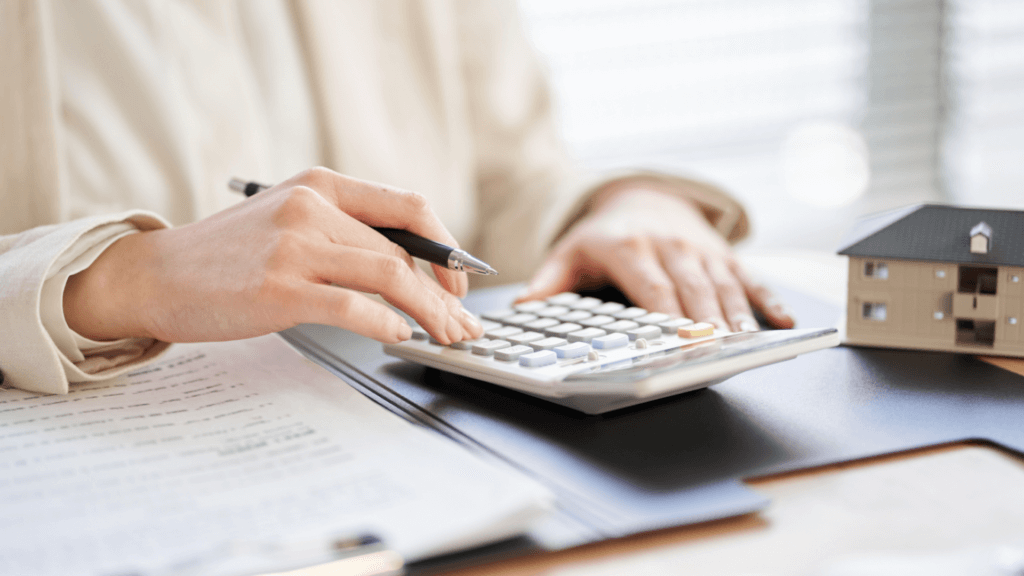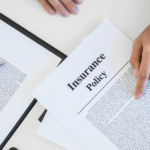
Purchasing insurance is one of the first things business owners should do to protect their investments from unexpected events. Fires, flooding, tornadoes, hurricanes, and many other disaster events all have the potential to cause great damage to properties at nearly any time of the year. Insurance companies apply many factors that can have an impact on the overall rate cost of an insurance policy. Determining how commercial property insurance rates are calculated can help business owners make better-informed decisions when purchasing insurance coverage.
Commercial Property Insurance Rates
Commercial property insurance is a type of property damage coverage for business owners that protects their businesses from damage due to unexpected weather events, natural disasters, and instances of theft and vandalism. This specific coverage is different from residential property insurance in many ways because there are additional costs at stake if a business is damaged and inoperable for some time. Because business expenses don’t stop if the property is in disarray, the future loss of business from a disaster can ultimately result in a loss of income for the duration of reconstruction. Commercial property insurance and the purchase of additional policy endorsements can help to cover the costs not only to repair the property but also to keep the business afloat financially in the interim; but, just how are rates for this coverage calculated?
Insurance companies determine rates of commercial property insurance by factoring in many aspects beyond physical property damage alone. Weeks, months, and sometimes years can go by before a damaged property can be used again for business purposes. Because of this, the calculation of commercial property insurance rates must also take into consideration the property value and potential future earnings.
Calculating Commercial Property Insurance Rates
Typically, insurance premiums – or the amount of money a business owner pays for its policy – are set by multiplying the value of the premises and its contents by a value the insurer finds appropriate considering the property’s level of risk. Properties with a higher risk of loss will likely have higher property insurance rates when compared to properties with less risks.
The price of commercial property insurance will ultimately depend on the business and its needs. Each business is different, with certain variables that must be considered. For instance, a small startup business owner may pay as little as $500 per year for commercial property coverage, while a major corporation could be responsible for paying $500,000 in premiums. On average, businesses can pay between $1,000 and $3,000 per million dollars of coverage. Rates can also increase if the needs of the business require more space or if the business’s industry comes with inherent risks involved. A mid-sized contracting company with 20 to 30 employees, for instance, may pay between $3,000 and $5,000 a year due to the increased equipment risks and necessary storage space.
Some of the variables insurance companies consider in determining commercial property insurance rates include:
Quality of Property Construction
The materials used in the construction of the commercial property and its overall condition can impact coverage rates. Buildings that use fireproof materials like brick or stone, or businesses with fire-resistant walls and doors will cost less to insure than a wood-framed building. This is because the added protection of fireproof materials makes a property less risky to insure than one built with materials that can burn much more easily like wood. Additionally, newer buildings and those with recent upgrades made to their electoral wiring, plumbing, and HVAC systems also often cost less to insure than much older properties that would require more maintenance.
Property Use
The way a property is used can also impact its commercial property insurance rate. A restaurant or welding business will have more associated risks than a florist or retailer – and thus will be assessed higher insurance rates. Additionally, if a business shares space with another operation that has a high potential for risks associated with it, insurance rates are likely to increase.
Property Protection
The location of a property in proximity to emergency services can help lower the cost to insure it. If a business is located close to a fire station or fire hydrant, it will likely lower the insurance rate. Having up-to-date alarm systems and fire sprinklers can also help to lower the cost of insurance.
Property Risk Exposure
Any potential exposure to risk in the immediately surrounding geographical area of the business can impact its insurance rates. If the area the business is located in has high levels of criminal activity or an increased likelihood of loss due to flooding or other natural disasters, rates are likely to be higher. Additionally, operations that are located near oil refineries or other facilities that use flammable materials will also have higher insurance rates.
Insurance Coverage Attorneys
Commercial property insurance rates are anything but static; and, a variety of factors can influence pricing. Despite this, commercial property owners aren’t alone when it comes to managing potential risks to their livelihoods. At Raizner Slania, our insurance coverage attorneys understand the many variables that come into play when insuring a business. We also understand that not all insurance providers work in the best interests of their policyholders and may attempt to take advantage of them for their benefit. If you or someone you know needs assistance with a commercial property policy or believes an insurer may be acting in bad faith regarding a valid claim that has been undervalued, delayed, or denied, contact Raizner Law, we can help.


